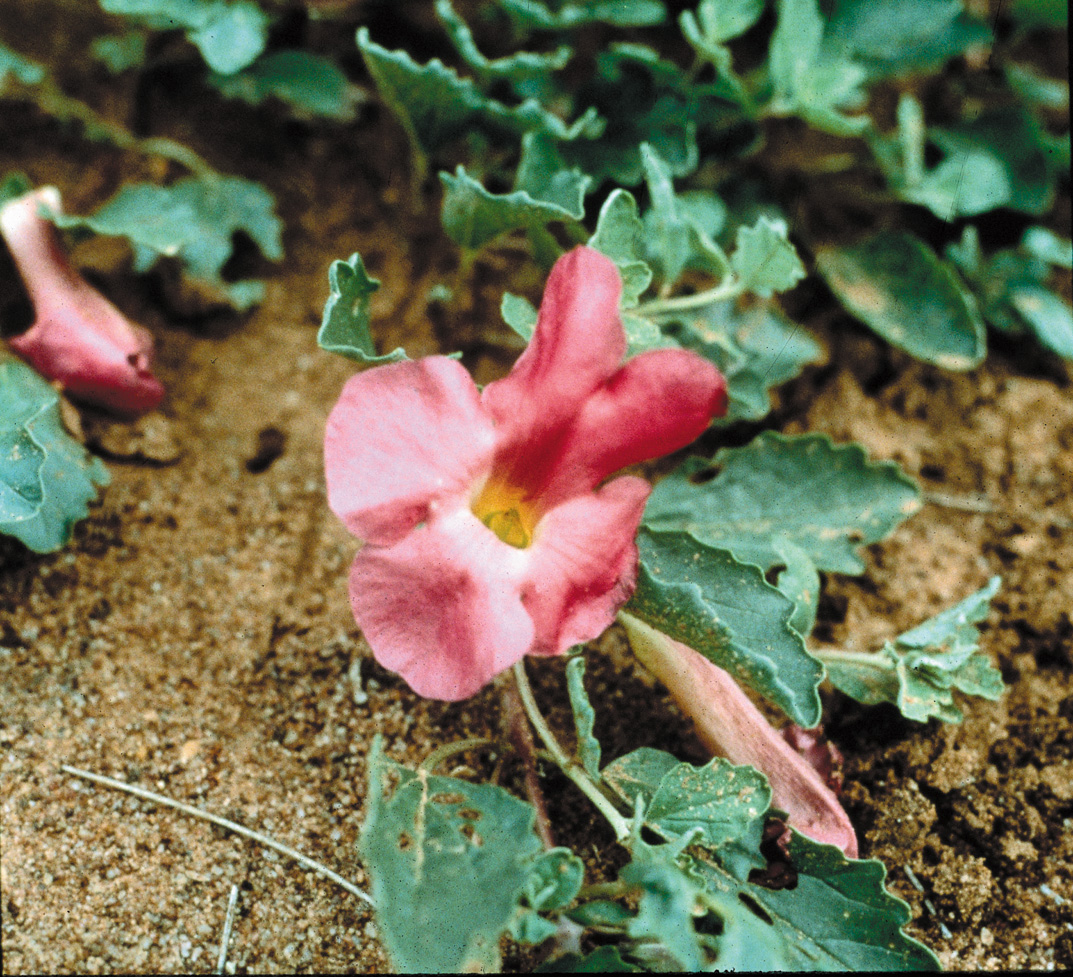
Herbal medicine for low back pain: a Cochrane review.
STUDY DESIGN: A systematic review of randomized controlled trials. OBJECTIVES: To determine the effectiveness of herbal medicine compared with placebo, no intervention, or „standard/accepted/conventional treatments“ for nonspecific low back pain. SUMMARY OF BACKGROUND DATA: Low back pain is a common condition and a substantial economic burden in industrialized societies. A large proportion of patients with chronic low back pain use complementary and alternative medicine (CAM) and/or visit CAM practitioners. Several herbal medicines have been purported for use in low back pain. METHODS: The following databases were searched: Medline (1966 to April 2003), Embase (1980 to April 2003), Cochrane Controlled Trials Register (Issue 1, 2003), and Cochrane Complementary Medicine (CM) field Trials Register. Additionally, reference lists in review articles, guidelines, and in the retrieved trials were checked. Randomized controlled trials (RCTs), using adults (>18 years of age) suffering from acute, subacute, or chronic nonspecific low back pain. Types of interventions included herbal medicines defined as a plant that is used for medicinal purposes in any form. Primary outcome measures were pain and function. Two reviewers (J.J.G. and M.W.T.) conducted electronic searches in all databases. One reviewer (J.J.G.) contacted content experts and acquired relevant citations. Authors, title, subject headings, publication type, and abstract of the isolated studies were downloaded or a hard copy was retrieved. Methodologic quality and clinical relevance were assessed separately by two individuals (J.J.G. and M.W.T.). Disagreements were resolved by consensus. RESULTS: Ten trials were included in this review. Two high-quality trials utilizing Harpagophytum procumbens (Devil’s claw) found strong evidence for short-term improvements in pain and rescue medication for daily doses standardized to 50 mg or 100 mg harpagoside with another high-quality trial demonstrating relative equivalence to 12.5 mg per day of rofecoxib. Two moderate-quality trials utilizing Salix alba (White willow bark) found moderate evidence for short-term improvements in pain and rescue medication for daily doses standardized to 120 mg or 240 mg salicin with an additional trial demonstrating relative equivalence to 12.5 mg per day of rofecoxib. Three low-quality trials using Capsicum frutescens (Cayenne) using various topical preparations found moderate evidence for favorable results against placebo and one trial found equivalence to a homeopathic ointment. CONCLUSIONS: Harpagophytum procumbens, Salix alba, and Capsicum frutescens seem to reduce pain more than placebo. Additional trials testing these herbal medicines against standard treatments will clarify their equivalence in terms of efficacy. The quality of reporting in these trials was generally poor; thus, trialists should refer to the CONSORT statement in reporting clinical trials of herbal medicines.
Institute of Medical Science, Faculty of Medicine, University of Toronto, Toronto, Ontario, Canada. j.gagnier@utoronto.ca
(Quelle: Gagnier JJ, van Tulder MW, Berman B, Bombardier C., Spine. 2007, 2007 Jan 1;32(1):82-92. 2007 Jan 1;32(1):82-92.)
Systematic review on the safety of Harpagophytum preparations for osteoarthritic and low back pain.
Harpagophytum products are a treatment option for osteoarthritic and low back pain. The aim of this study was to review the safety of treatment with Harpagophytum procumbens. The databases OVID(MEDLINE), PUBMED and COCHRANE COLLABORATION LIBRARY were searched back to 1985 for studies with Harpagophytum procumbens. Twenty-eight clinical trials were identified of which 20 stated adverse events. In none of the double-blind studies was the incidence of adverse events during treatment with Harpagophytum procumbens higher than during placebo treatment. Minor adverse events occurred in around 3% of the patients, mainly gastrointestinal adverse events. A few reports of acute toxicity were found but there were no reports on chronic toxicity.Since the dosage used in most of the studies is at the lower limit and since long-term treatment with Harpagophytum products is advisable, more safety data are urgently needed.
Department of Orthodontics, Columbia University, 630 W 168th, VC 9, Rm 219 B 10032 NYC, NY, USA.
(Quelle: Vlachojannis J, Roufogalis BD, Chrubasik S., Phytother Res., 2008 Feb;22(2):149-52.)